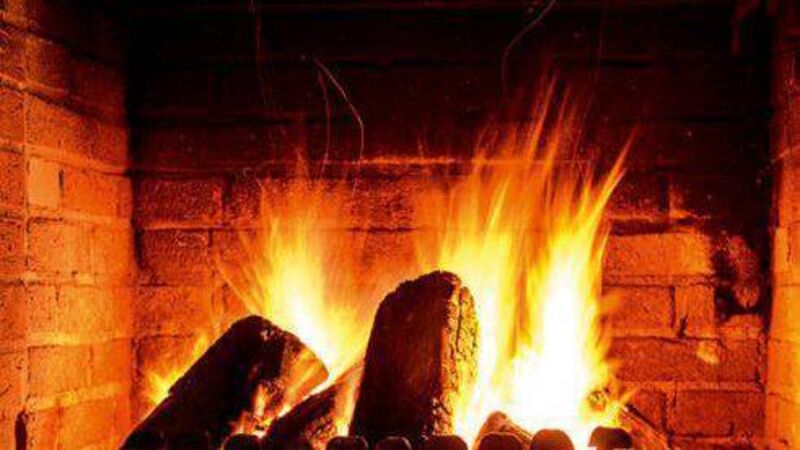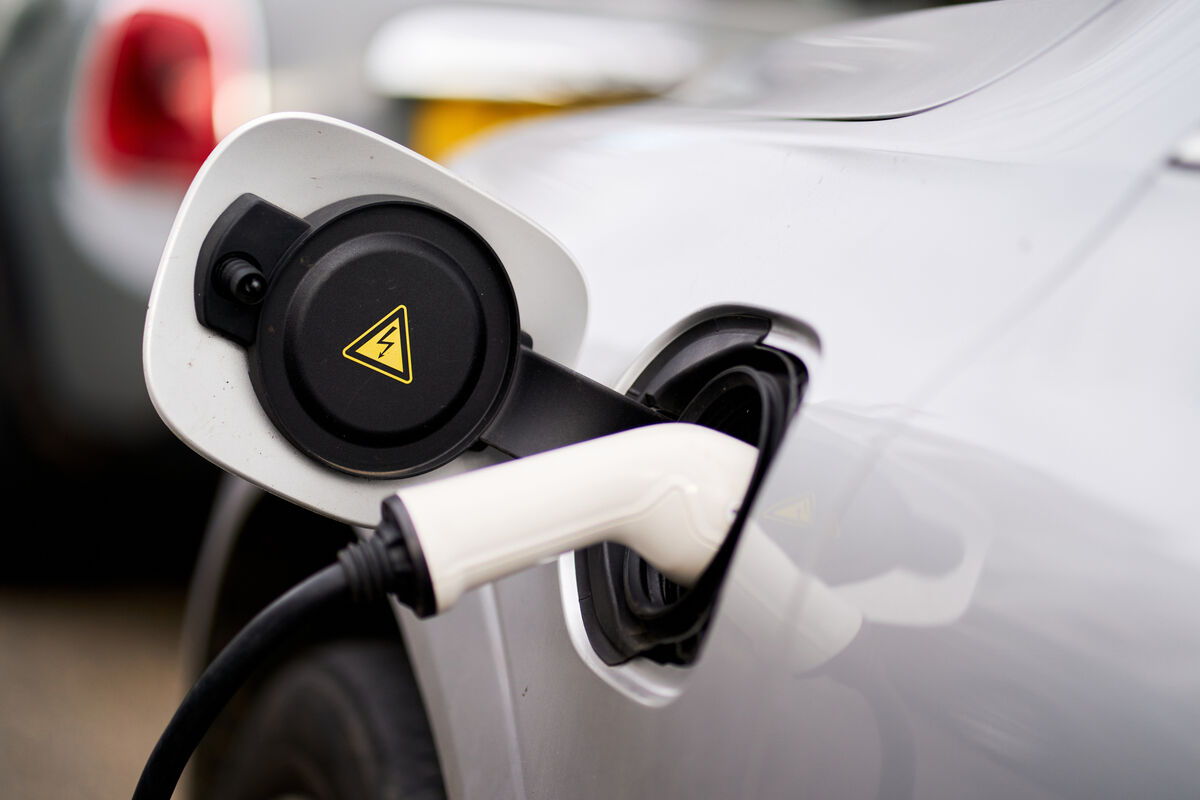Majority of homes reliant on fossil fuels for heating

Open fires are used by 28% of households.
Almost a quarter (24%) of households are likely to purchase an electric vehicle when next changing car, according to new data published by the Central Statistics Office (CSO).
Currently, just 4% of households have an electric vehicle and the majority charge them at home.
Urban households were more likely to intend to purchase an electric car (26%) than rural households (20%).
Nearly one quarter (24%) of households are likely to buy an electric vehicle on their next purchasehttps://t.co/g6mZpyjhHO #CSOIreland #Ireland #Environment #Energy #EnvironmentalSubsidies #EnvironmentalAccounts #Climate #EnvironmentalConcerns #EnvironmentalBehaviours pic.twitter.com/tKnZp7Rx7d
— Central Statistics Office Ireland (@CSOIreland) November 10, 2021
Three-quarters of households would substantially change their electricity consumption if off-peak rates were available to them, the CSO found.
And two-thirds of households have not yet installed any smart heating controls, solar panels or heat pumps.
The findings were published in a CSO report called Household Environmental Behaviours – Energy Use Quarter 3 2021.
The report analysed how household energy use varies by region and across characteristics such as owner-occupied and rented properties during the third quarter of 2021.

In the South-West region, the main heating fuel used was heating oil (kerosene, diesel/gas oil and LPG) at 44%, followed by natural gas at 33%, electricity was at 11%, solid fuel (wood logs, coal, peat and wood pellets) was 8% and other sources were 3%.
Nationally, natural gas and heating oil were the most used heating fuels at 37% each, electricity came in second with 12%, solid fuel was just below that at 11% while other fuels were 2%.
Natural gas was the main urban heating fuel while kerosene was the main heating fuel in rural areas.
Some 53% of urban households and 4% of rural households use natural gas as their main heating fuel.
Statistician at the CSO Environment and Climate Division Clare O’Hara said: ”The report covers primary and secondary fuel use, installations of renewable energy technology, electric vehicle ownership and willingness to use off-peak electricity rates.
"Natural gas was the main home heating fuel, but its use varied widely between urban households (53%) and rural households (4%). In contrast, 53% of rural households used kerosene as their main heating fuel compared with 21% of urban households. Around 26% of households living in rented properties used electricity as their main heating source compared with 7% of households in owner-occupied properties.

"Around three-quarters of households used additional supplementary heating. Stoves were used by 31% of households, open fires by 28%, and plug-in electric heaters by 16% of households.
"Stoves or ranges were much more likely to be used by rural households. Wood logs (18%), coal (18%) and peat (12%) were the main additional heating fuels used in an open fire. Over 28% of households located in the Midlands region used peat as an open fire additional heating fuel whereas 26% of households in the South-East and South-West regions used coal.
"Around 16% of households installed smart heating controls compared with 8% for heat pumps, 5% for thermal solar panels, and 3% for PV solar panels. Two-thirds of households have not installed any smart heating controls, solar panels or heat pumps."











